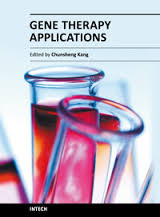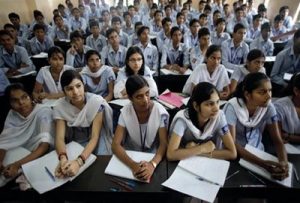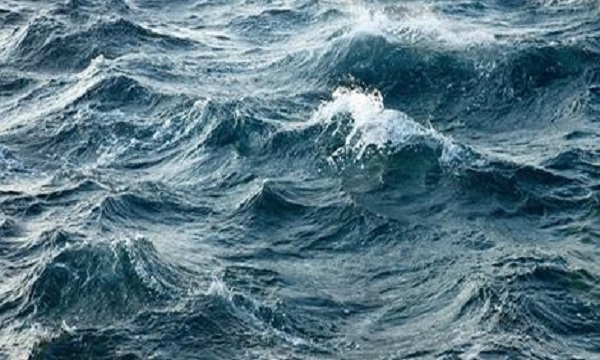Coral Bleaching: Irreversible Fading of a Beautiful Painting
Coral Bleaching: Irreversible Fading of a Beautiful Painting
When it comes to the most beautiful and impressive creature in the sea, some people will think about colorful fish, and others will consider huge and mysterious whales. For me, I regard the coral reef as the most valuable treasure and gift of the great nature because of its endless diversity and beauty. Its color is unique, and its brightness instantly attracts people of all ages.
However, this magnificent painting has started to fade at an astonishing rate. When scientists contrast the Great Barrier Reef today with that twenty years ago, they are shocked by hundreds of square kilometers of bleached corals and their terrifyingly spiritless appearance. This tragic phenomenon can be found not only in the Great Barrier Reef but also in vast areas of waters across the whole planet. Many people may naively think that a coral reef is not a living creature and can form and thrive easily, but corals are in fact living creatures of many shapes, sizes, and types, serving a diverse range of crucial functions in the ecosystem, such as providing homes for fish and regulating water quality. Therefore, the death of corals can mean the death of the planet, and their extremely fragile health and life may never be restored because they are highly sensitive to the ambient temperature and light, among many other environmental factors.
In this regard, there is an urgent need to protect these beautiful but fragile creatures not only for their own welfare but also for the whole ecosystem and all living things on this small planet.
It is clear that coral bleaching has serious consequences, so efforts must be made to save coral reefs across the world. Scientists have proposed various methods to protect corals, including coral transplantation, sea surface temperature monitoring, and the expansion of buffer zones. In addition, because illegal fishing methods such as the use of dynamite and cyanide can kill corals, governments should implement policies that can address the livelihood needs of the fishing community while protecting coral reefs.
Such efforts are crucial for preventing coral bleaching and thus protecting nature for the healthy life and enjoyment of all living things.
Jiarui Chang











